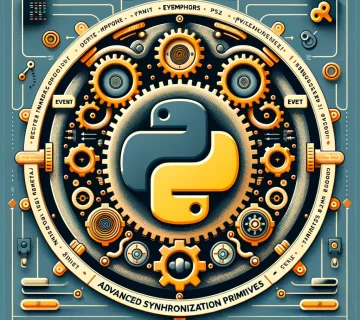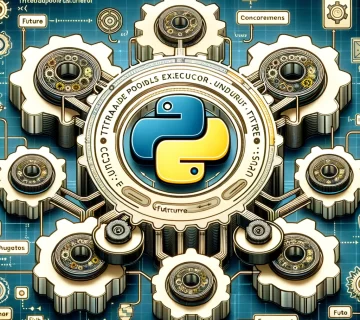Exploring the Power of Python REPL
Python’s Read-Eval-Print Loop (REPL) is an interactive shell that offers a user-friendly environment to experiment with Python code. It is a powerful tool for beginners and seasoned developers alike, allowing for immediate feedback and real-time coding experimentation.
What is Python REPL?
REPL stands for Read-Eval-Print Loop. It is an interactive interpreter that reads your Python code, evaluates it, prints the result, and loops back to read further input. This immediate feedback loop makes REPL an invaluable tool for learning Python and testing code snippets.
Accessing Python REPL
To access the Python REPL, simply open your terminal (Command Prompt in Windows or Terminal in macOS/Linux) and type python or python3, depending on your installation. This command launches the Python interpreter in interactive mode.
Basic Operations in Python REPL
- Executing Commands: Type any Python command and press Enter to execute it. For example,
print("Hello, Python!"). - Running Basic Calculations: Use REPL as a calculator. Try typing
2 + 3and press Enter. - Variable Assignments: You can assign values to variables, e.g.,
x = 10, and use them in subsequent operations. - Exploring Python Functions: Test built-in functions like
len("Hello")or custom functions. - Immediate Error Feedback: If there’s a syntax error or exception, REPL will display it immediately.
Benefits of Using Python REPL
- Rapid Testing: Quickly test code snippets without needing to run a separate script.
- Learning Tool: Ideal for beginners to understand the nuances of Python syntax and behavior.
- Debugging: Efficient for debugging small pieces of code.
- Experimentation: Try new ideas or libraries in an isolated environment.
Limitations of Python REPL
- Not for Large Projects: Not suitable for developing or maintaining large codebases.
- No Code Saving: Code executed in REPL isn’t saved automatically. However, you can copy-paste your commands into a file.
Enhancing REPL Experience
Various enhanced Python REPL versions, like IPython and bpython, offer additional features like syntax highlighting, auto-completion, and better history management.
Conclusion
Python REPL is an excellent starting point for Python exploration. It fosters an environment of learning through doing, making it an indispensable tool for every Python programmer.
Try It Yourself: Open Python REPL on your computer and execute a simple print statement. How does the immediate output help you in understanding Python better?





No comment